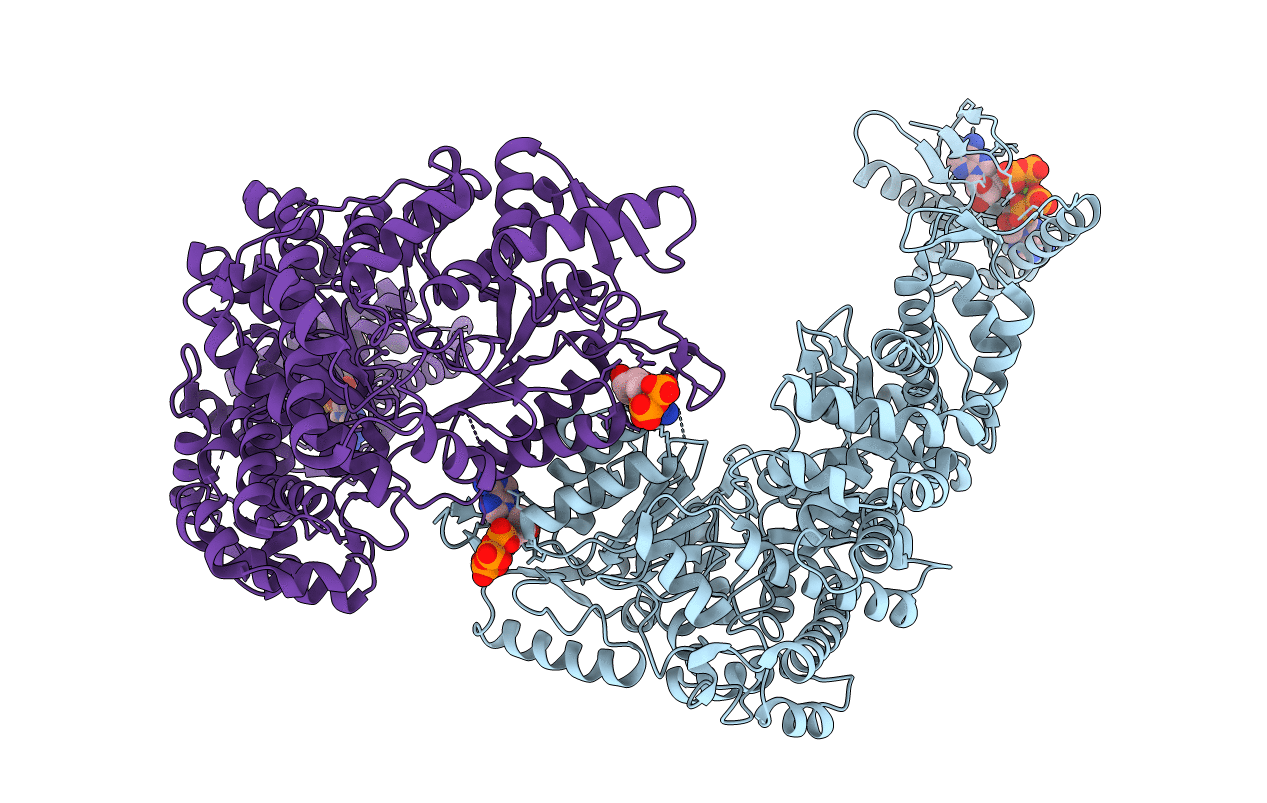
Deposition Date
2016-03-05
Release Date
2016-05-04
Last Version Date
2024-11-06
Entry Detail
PDB ID:
5IM3
Keywords:
Title:
Crystal structure of the class I ribonucleotide reductase from Pseudomonas aeruginosa in complex with dATP
Biological Source:
Source Organism:
Host Organism:
Method Details:
Experimental Method:
Resolution:
2.30 Å
R-Value Free:
0.21
R-Value Work:
0.18
R-Value Observed:
0.18
Space Group:
C 1 2 1


